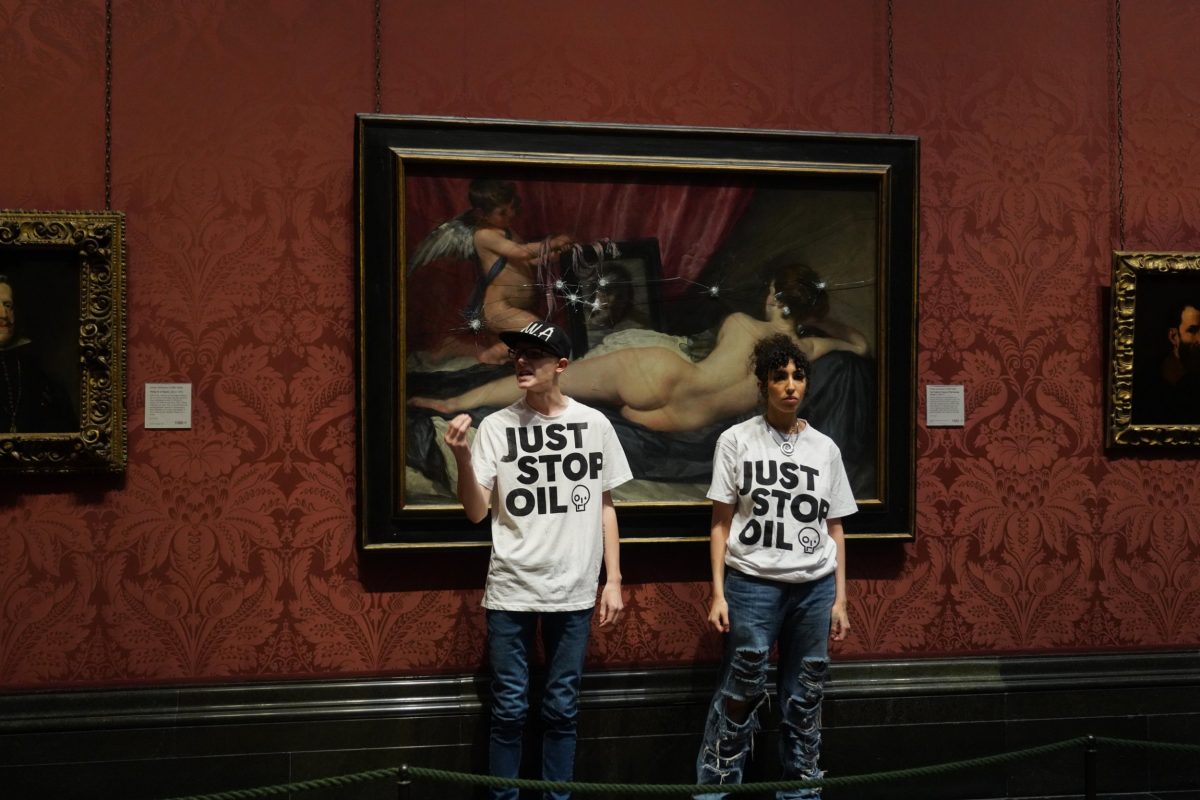The Hidden World of Art Conservation
When a small child accidentally damaged a Mark Rothko painting at the Museum Boijmans Van Beuningen in Rotterdam, it sparked a wave of collective concern among parents who could relate to the fleeting moments of distraction that lead to such incidents. While this particular event made headlines, it’s not an isolated case. Accidental damage to artworks is more common than many might expect, and it’s the work of expert art conservators that often comes into play to restore these treasures.
The Unseen Heroes of Art Restoration
Art conservation is a specialized field that remains largely behind the scenes. These professionals are tasked with the delicate job of restoring valuable works to their original condition. Their expertise is crucial, especially when accidents occur in less visible areas, such as behind the scenes or within private collections. In fact, some of the most surprising incidents have occurred in homes where adults are responsible for the care of artwork.
For instance, a gallerist named Anthony Wilkinson shared a story about a collector who had a home filled with contemporary art. Despite having young children, the collector was unfazed by the potential risk. “She said it had never happened and she wasn’t worried it would, because they had always had art around them from day one!” This level of confidence is rare, but it highlights the varied approaches people take towards protecting their art.
Another example involves Tom Rowland, a gallerist who recounted a time when a curator’s seven-year-old child caused a sculpture to collapse. The incident underscores how even the most carefully curated spaces can be vulnerable to unexpected mishaps.
Tales of Mishaps and Near Misses
The stories of accidental damage are numerous and often humorous. From sculptures being smashed to drawings being torn, there seems to be no shortage of tales. One particularly notable incident involved a video of Mr. Bean sneezing over an Old Master painting, which became a viral sensation. These anecdotes reveal how even the most careful individuals can find themselves in precarious situations.
Art historians and conservators also share their own experiences. For example, Bendor Grosvenor, an art historian, recalled a time when his cat caused irreparable damage to a 17th-century portrait he was restoring. Similarly, Susan Owens, an art historian, described a moment when she accidentally stood on a piece of art without realizing it, highlighting the importance of awareness in public spaces.
The Challenges of Art Conservation
While some damages can be easily repaired, others present significant challenges. Yves Klein’s installations, known for their use of sand and pigment, are particularly prone to accidents. Visitors often inadvertently step on the artwork, leading to costly repairs. However, these issues are typically manageable, as the materials used can be replenished.
More serious cases include the repeated attacks on Velasquez’s Rokeby Venus, which has been slashed twice, once by a suffragette and again by protestors. Similarly, Poussin’s Adoration of the Golden Calf was sprayed with red paint in 2011, following a previous attack that left it in shreds. These incidents emphasize the vulnerability of even the most renowned artworks.
Risks in Private Collections
As more art is displayed in private homes, the risks associated with accidental damage increase. Textiles conservator Jessica Burgess shared a story about a bottle of fabric conditioner splattering onto a silk artwork. Another incident involved a cat using a textile piece as a scratching post, which was ultimately repaired using original threads.
However, not all damages can be reversed. Clare Finn, a paintings conservator, recounted a situation where a watercolour on ivory was wiped with a damp cloth, resulting in irreversible damage. Determining what constitutes a “total loss” involves assessing the cost of repair versus the value of the artwork, a process that often involves insurance adjustors.
The Importance of Artist Intent
Consulting living artists about their work can be complex. Georgia Powell, from CURA Art, explained that an artist’s intention may influence how a piece is treated. Some artists may prefer their work to evolve, while others may want it preserved exactly as it is. This dynamic adds another layer of complexity to the conservation process.
Some artists, like Carole Robb, are known for destroying works they’re unhappy with, while Edvard Munch’s dealer faced frustration as paintings arrived covered in pigeon excrement. For Munch, the wear and tear were part of the painting’s life story, a perspective that has gained traction in recent years.
The Future of Art Conservation
Despite the challenges, the effort and resources invested in rescuing beloved artworks suggest that the traditional approach to conservation remains strong. While climate change and energy crises have raised difficult questions about art preservation, the dedication to saving these treasures indicates that a shift in attitude is unlikely soon. The world of art conservation continues to evolve, but its core mission—protecting and preserving cultural heritage—remains unchanged.






